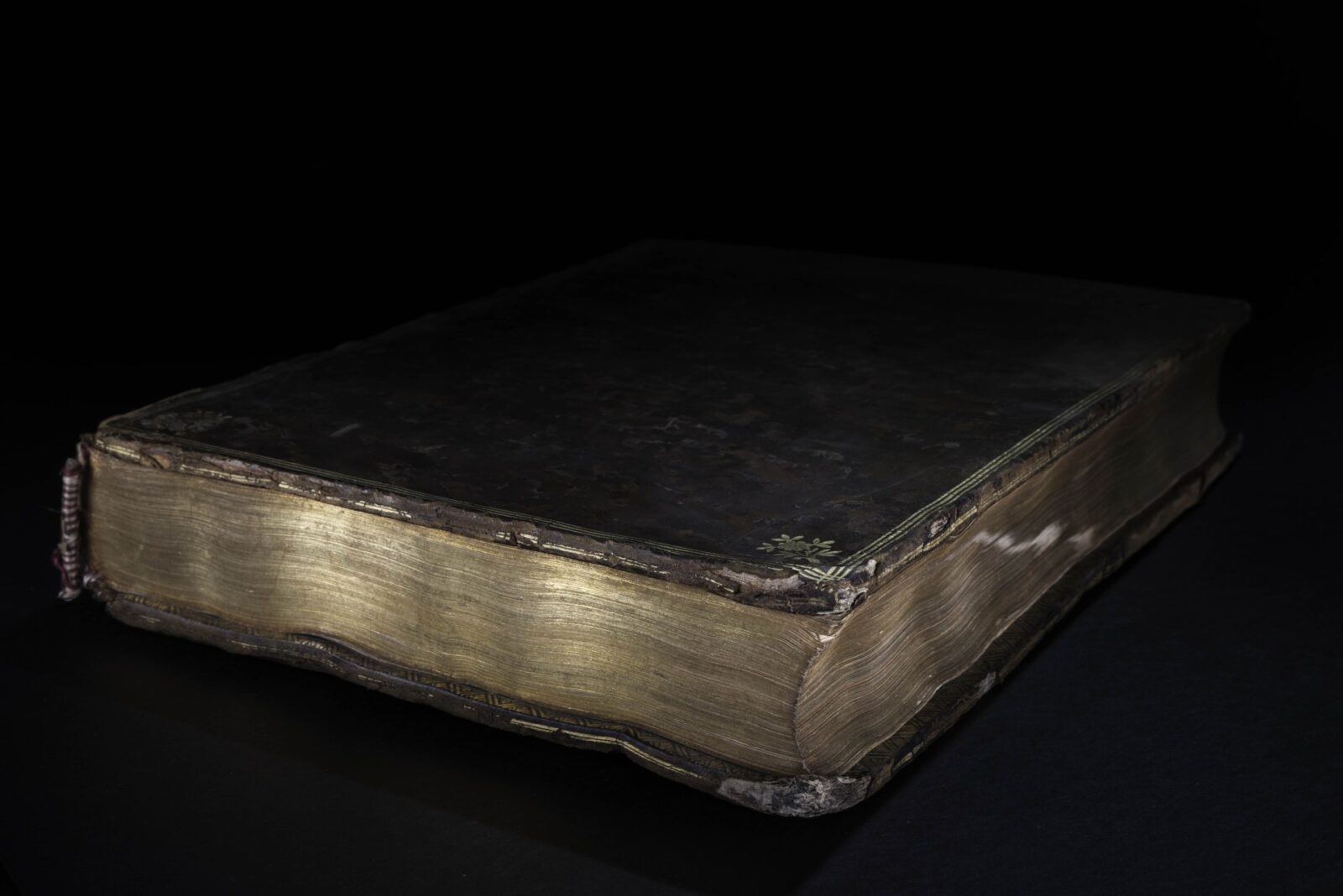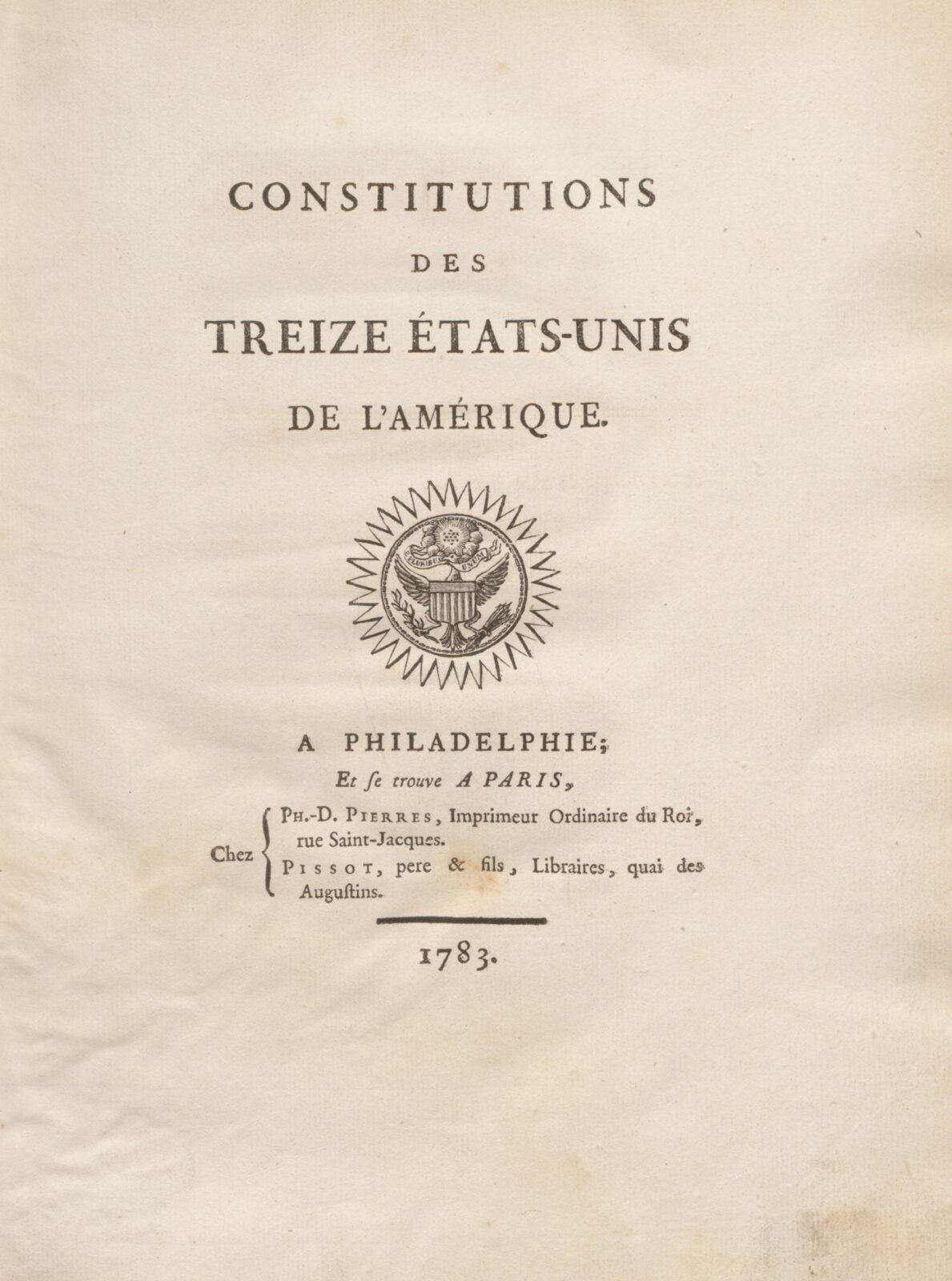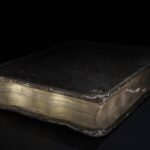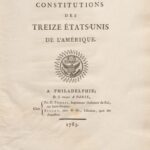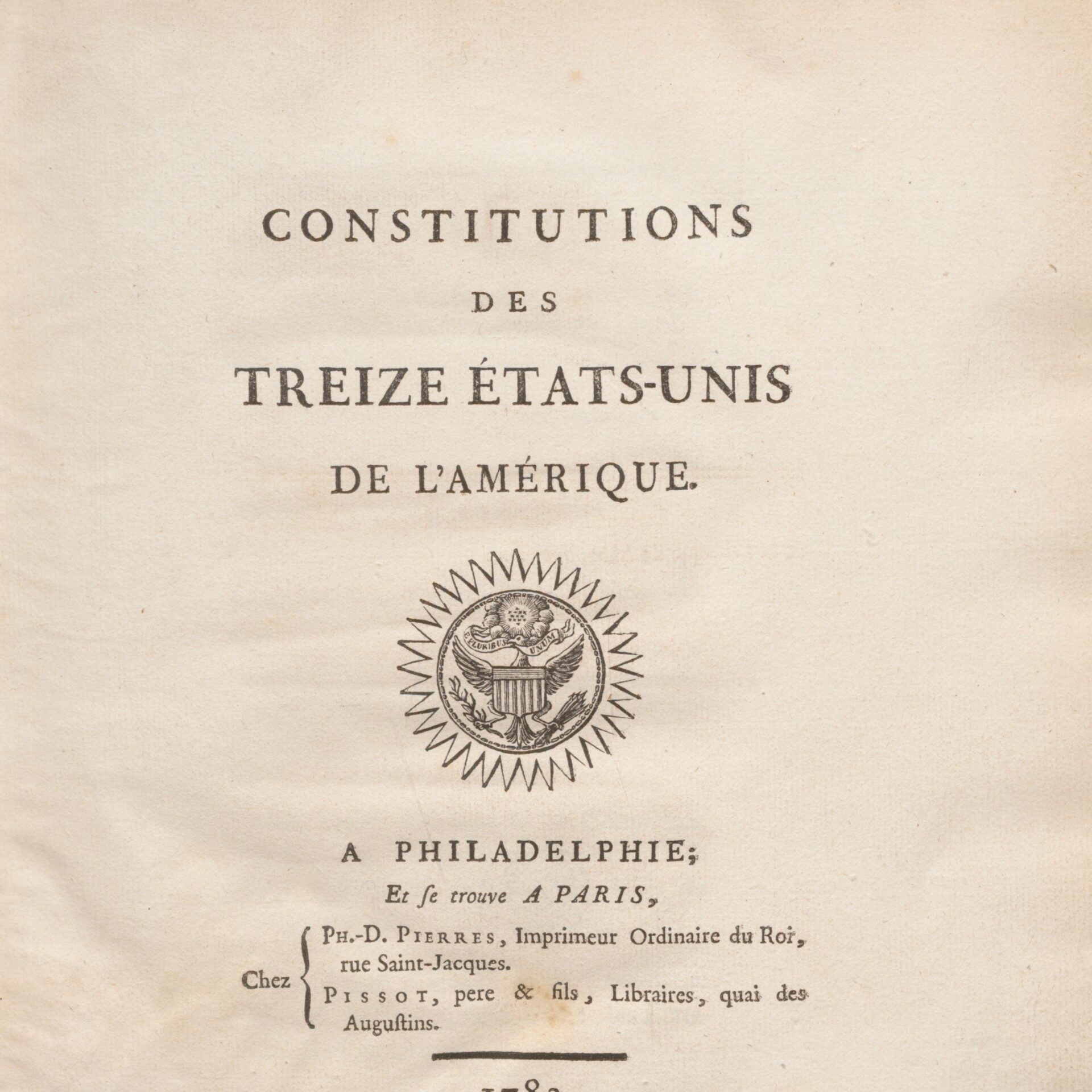
Why do Americans celebrate the 4th of July, and why does the eagle on the Great Seal hold 13 arrows?
“We the People …” This is a beginning of the famous preamble to the U.S. Constitution, which – as the world’s first basic law – went into effect on 4 March 1789. However, it is not always remembered that the basis of this constitution was an important document signed a dozen years earlier.
Thirteen British colonies in North America (New Hampshire, Massachusetts Bay, Rhode Island and Providence Plantations, Connecticut, New York, New Jersey, Pennsylvania, Maryland, Delaware, Virginia, North Carolina, South Carolina and Georgia), revolted in 1775 against the British Empire and King George III of Hanover. The War of American Independence, which began in April of that year, lasted until 3 September 1783, when Britain recognized the independence of the American colonies atunder the Treaty of Paris.
The Second Continental Congress, sitting during this war, unanimously adopted the document, signed in Philadelphia by 56 delegates representing 13 British colonies.The author of the text was Thomas Jefferson, who was assisted in this work by, among others. Benjamin Franklin and John Adams. The text refers to the philosophy of the Enlightenment and the values that guided its founders. The document reads: We hold the following truths to be self-evident: that all created people are equal, that the Creator has endowed them with certain inviolable rights, that these rights include the right to life, liberty and the pursuit of happiness. The historical role of this document is not limited to the official proclamation of human rights. It proclaims something more: the natural right of every nation to its own state and independence. The official document called the Declaration of Independence written on parchment bears the date:
4th July 1776. Today, the day the Declaration of Independence was adopted – July 4 – is celebrated as a national holiday in the United States.
Undertaken overseas, the struggle for freedom enjoyed a great deal of sympathy among Europeans. Among the volunteers taking part were also Poles: Tadeusz Kościuszko and Kazimierz Pułaski.
The American colonists, primarily with the help of France, eventually succeeded in victory. It was no coincidence that the Declaration of Independence was first printed in Europe in 1783 precisely in French. The text was translated by Prince Louis-Alexandre de La Rochefoucauld on behalf of his friend Benjamin Franklin.
The print was published in Paris under the title Constitutions des Treize Etats-Unis de l’Amérique , and its publisher wasPhilippe Denis Pierres, endowed with the title of royal printer.
It is noteworthy that on the title card of this edition a woodcut image of the so-called Great Seal of the United States was used in print for the first time: an American eagle with outspread wings holds in its talons 13 arrows (symbolizing the 13 British colonies in North America) and an olive branch. The shield placed on the eagle’s chest also consists of 13 stripes, and there are 13 stars above its head.
The print was issued in Paris on luxurious velin paper in a small edition of 500 copies and is a rarity today.
The Wrocław University Library can boast of owning a copy of this exclusive edition. The original brown leather binding with gilded ornaments and gilded page edges emphasizes the importance of the document contained in the volume.
Elaborated: Weronika Karlak, Department of Old Prints, University Library
